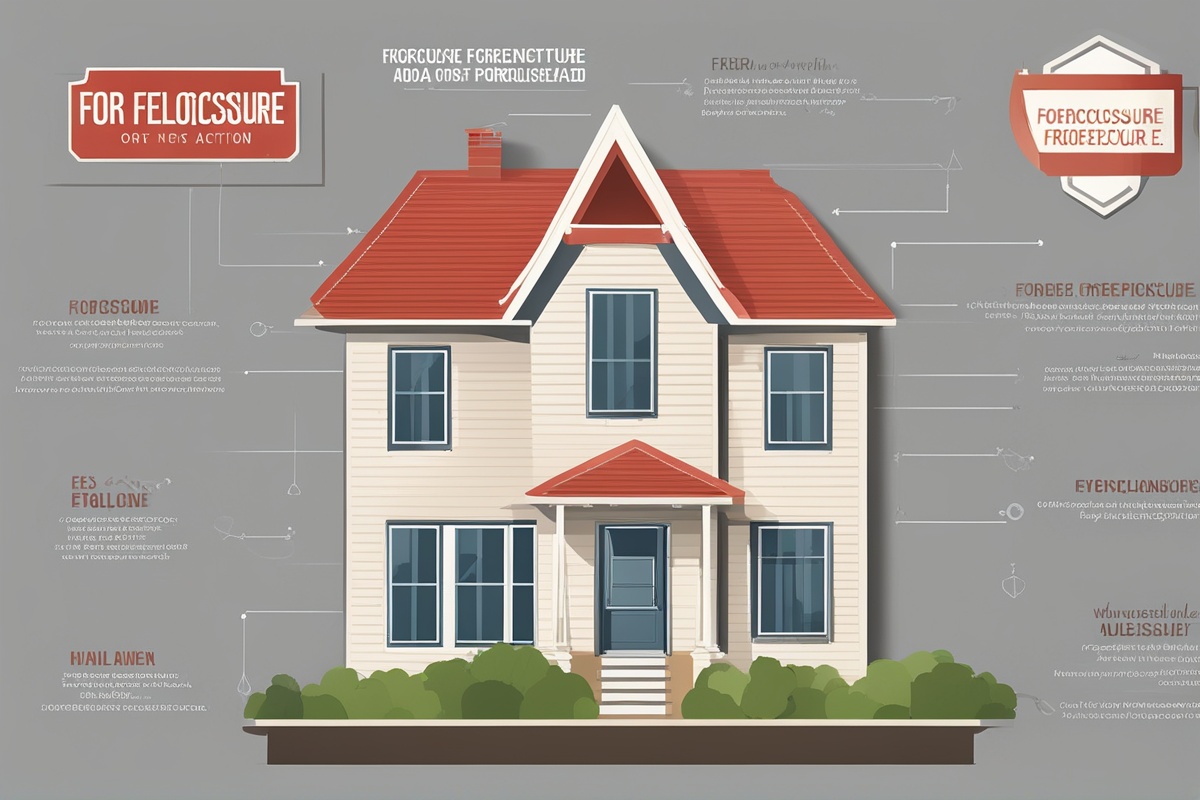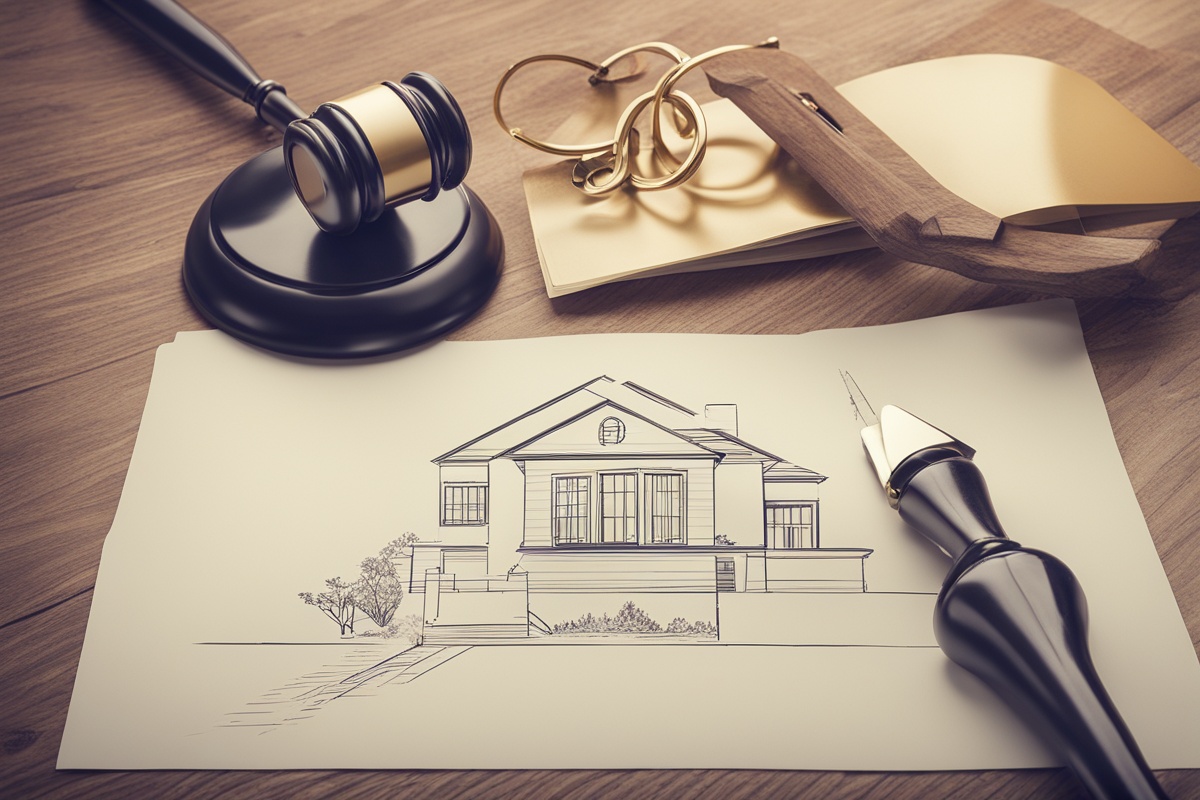Home repossession, often referred to as foreclosure, is a distressing process that many homeowners may face during financial hardship. Understanding the home repossession process is crucial for anyone at risk of losing their home or for those who want to be prepared in case of unforeseen circumstances. This comprehensive guide will break down the stages of home repossession, the legal implications, and potential ways to avoid or mitigate the impact of this challenging situation. By gaining a clear understanding of the process, homeowners can take informed steps to protect their property and financial future.
What Is Home Repossession?
Home repossession is the legal process by which a lender, such as a bank or mortgage provider, takes ownership of a property due to the homeowner’s failure to make mortgage payments. This process is often a last resort for lenders after other attempts to resolve the debt have failed. Understanding the home repossession process begins with recognizing that it is not an immediate action; it typically follows months of missed payments and unsuccessful communication between the lender and borrower. Repossession is a serious consequence of defaulting on a loan, and it can have long-lasting effects on a homeowner’s credit score and financial stability.
The Stages of the Home Repossession Process
The home repossession process generally unfolds in several distinct stages, each with its own set of actions and timelines. While the exact steps may vary depending on the state or country, the following outline provides a general overview of what homeowners can expect when facing repossession.
- Missed Payments: The process often begins when a homeowner misses one or more mortgage payments. Lenders typically allow a grace period before taking action, but consistent non-payment triggers the next steps.
- Notice of Default: After a certain number of missed payments (often 3–6 months), the lender issues a formal Notice of Default, signaling their intent to begin repossession proceedings if the debt is not resolved.
- Pre-Foreclosure Period: This is a critical window during which the homeowner may still have options to save their home, such as negotiating a loan modification or catching up on payments.
- Legal Action and Auction: If the homeowner cannot resolve the debt, the lender may file for foreclosure, leading to a court order or public auction of the property to recover the outstanding loan amount.
- Eviction: Once the property is sold or repossessed, the original homeowner may be required to vacate the premises, often under a formal eviction notice.
Understanding the home repossession process at each stage can help homeowners identify opportunities to intervene and potentially avoid losing their home. For more information on foreclosure timelines, check out our detailed guide on Foreclosure Timelines Explained.
Legal Rights and Protections for Homeowners
Homeowners facing repossession are not without rights. Various laws and regulations exist to protect borrowers during the home repossession process. For instance, in the United States, federal laws like the Dodd-Frank Act and state-specific foreclosure laws provide certain protections, such as mandatory mediation or a redemption period during which a homeowner can reclaim their property. Additionally, lenders are often required to provide clear communication and documentation before proceeding with repossession. Understanding these rights is essential for anyone navigating this process, as it can provide opportunities to delay or prevent repossession. Learn more about homeowner protections in our post on Homeowner Rights During Foreclosure.
Consequences of Home Repossession
The impact of home repossession extends far beyond losing a place to live. It can severely damage a homeowner’s credit score, making it difficult to secure loans, rent a new home, or even find employment in some cases. A foreclosure can remain on a credit report for up to seven years, affecting financial opportunities for a significant period. Beyond the financial toll, the emotional and psychological stress of losing a home can be profound. Understanding the home repossession process and its consequences underscores the importance of taking proactive steps to address mortgage difficulties as early as possible. For tips on rebuilding credit after foreclosure, refer to our guide on Rebuilding Credit After Foreclosure.
Options to Avoid Home Repossession
Fortunately, there are several strategies homeowners can explore to avoid repossession, even if they are struggling with mortgage payments. Understanding the home repossession process includes knowing when and how to act to prevent it. Some common options include:
- Loan Modification: Working with the lender to adjust the terms of the mortgage, such as lowering the interest rate or extending the loan term, to make payments more affordable.
- Forbearance Agreement: Temporarily pausing or reducing payments with the lender’s approval, often during a short-term financial hardship.
- Short Sale: Selling the home for less than the outstanding mortgage balance with the lender’s permission, avoiding the full impact of foreclosure.
- Deed in Lieu of Foreclosure: Voluntarily transferring ownership of the property to the lender to settle the debt, which may be less damaging to credit than a full foreclosure.
Each of these options requires proactive communication with the lender and, in some cases, professional assistance from a financial advisor or attorney. For a deeper dive into loan modification, see our article on Loan Modification: A Lifeline for Homeowners.
How to Prepare if Repossession Is Imminent
If repossession seems unavoidable, preparation can help mitigate the damage. Start by gathering all relevant financial documents, including mortgage statements, income records, and correspondence with the lender. Seek legal advice to understand your rights and explore any last-minute options. Additionally, begin planning for relocation by researching affordable housing options and securing important personal belongings. Understanding the home repossession process also means knowing how to handle the aftermath, such as negotiating with the lender for a deficiency judgment if the sale of the property doesn’t cover the full debt. For more resources on managing the aftermath of foreclosure, visit our page on Post-Foreclosure Recovery Tips.
Disclaimer: The information provided in this article is for general informational purposes only and should not be considered legal or financial advice. Every individual’s situation is unique, and laws regarding home repossession vary by state and country. We strongly recommend consulting with a qualified attorney, financial advisor, or housing counselor to discuss your specific circumstances and explore the best options for your situation. The authors and publishers of this content are not responsible for any decisions or actions taken based on the information provided.
References
- Consumer Financial Protection Bureau – What is Foreclosure?
- U.S. Department of Housing and Urban Development – Avoiding Foreclosure
- Federal Reserve – Foreclosure Resources
- Nolo – Foreclosure Rights for Homeowners
- American Bar Association – Foreclosure Basics
This content is for informational purposes only and not a substitute for professional advice.





